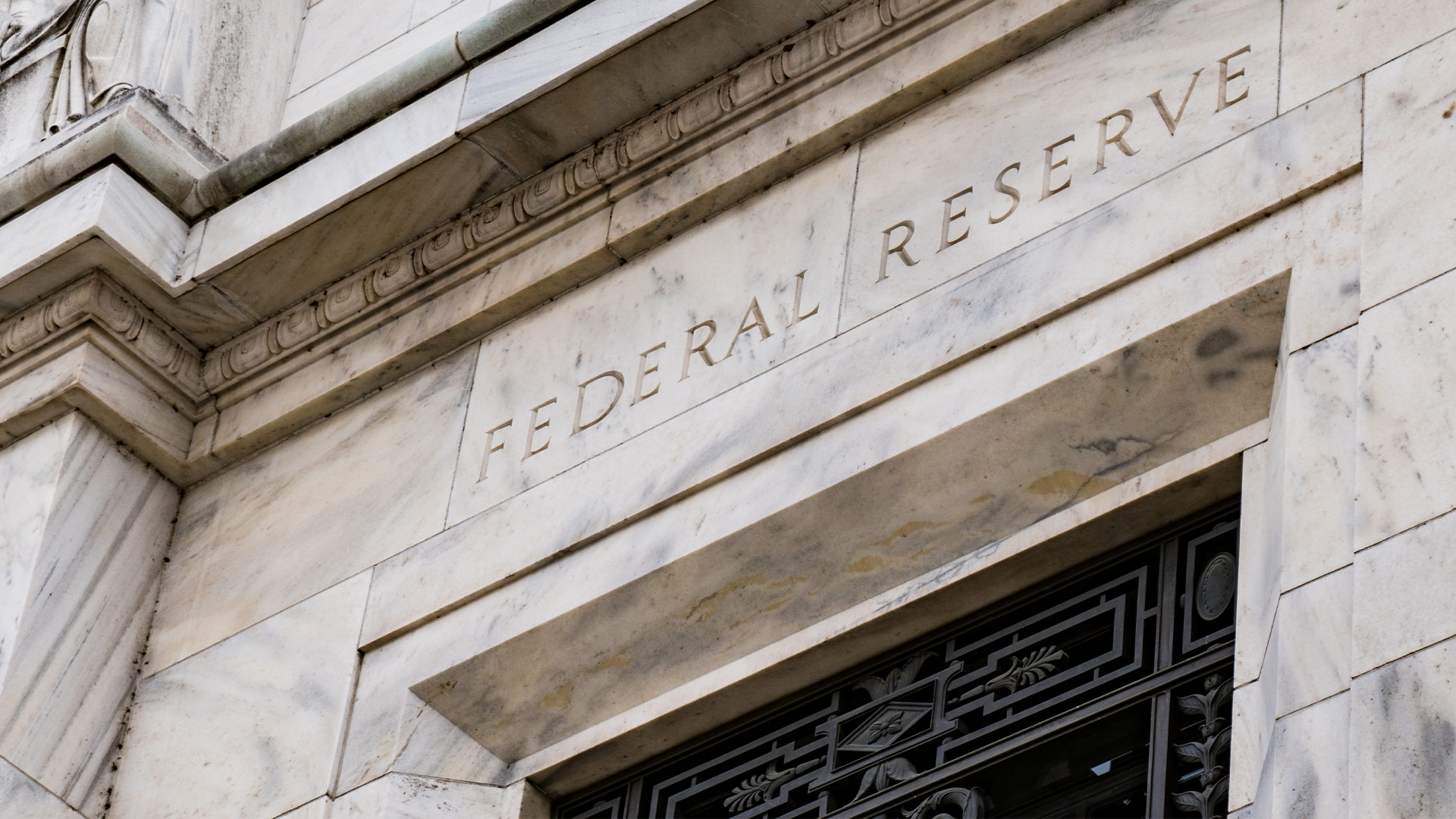Fed makes 50-point hike in December. Will mortgage rates rise?

A smaller rate hike
After four straight 75-basis point (0.75%) hikes to the federal funds rate, the Fed loosened its stance this month in light of declining inflation.
The central bank concluded its December Federal Open Market Committee (FOMC) meeting with a 50-point hike (0.5%) as expected. The Fed has now hiked rates seven times in 2022.
With inflation on the decline and the FOMC telegraphing their latest move, mortgage rates fell through December so far. Borrowers should look to take advantage of the recent dip and lock in an interest rate if they’re ready. You can always refinance if they continue coming down.
The Fed’s role and December’s FOMC meeting
Technically, the Federal Reserve doesn’t determine mortgage interest rates. Instead, mortgage rates ebb and flow in correlation with the Fed’s policy actions.
At the conclusion of its Dec. 14 FOMC meeting, the Fed announced a federal funds rate increase of 50 basis points (0.5%). The central bank noted in a press release that the ongoing elevated inflation reflects “supply and demand imbalances related to the pandemic, higher food and energy prices, and broader price pressures,” as well as “Russia’s war against Ukraine contributing to upward pressure.”
After hitting an annual growth rate of 9.1% in June — the highest since Nov. 1981 — inflation slowly descended to 8.5% in July, 8.3% in August, 8.2% in September, 7.7% in October and 7.1% in November, according to the Bureau of Labor Statistics. With the pace of U.S. inflation declining for the fifth consecutive month, the FOMC dialed back its policy as anticipated.
However, inflation still has a long way to come down into a normal range and Fed hikes should continue into 2023. “We have more work to do,” Fed Chair Jerome Powell said in a press conference.
How will mortgage rates react?
With the reduced hike expected around the industry, borrowers will wait to see how lenders respond.
Immediately following the last two 75-basis point hikes from the FOMC meetings, the average 30-year fixed-rate mortgage (FRM) jumped 27 basis points (0.27%) in September but dropped 13 basis points (0.13%) in November, according to Freddie Mac. The average fell over the last four weeks to 6.33% as of Dec. 8.
The Fed indicated that it anticipates slower economic growth in 2023.
“Weaker growth typically leads to lower long-term interest rates. If recent trends continue with respect to consistent declines in inflation amidst an increasing risk of recession, we may be near the peak rate for this cycle,” Mike Fratantoni, chief economist at the Mortgage Bankers Association, said in a statement.
Additionally, the Fed will continue to run off its balance sheet of Treasury holdings and mortgage-backed securities (MBS). These actions typically put upward pressure on interest rates.
What the Fed rate hike means for borrowers
The FOMC’s latest decision might be a welcome change, but inflation still needs to be wrangled and more fed rate hikes are on the way.
With the country projected to enter into a recession next year, the “MBA is forecasting that mortgage rates for 30-year fixed-rate loans, which were at 6.4% last week, are expected to drift down and end 2023 around 5.2%,” Fratantoni said.
However, interest rates are notoriously volatile and nobody knew they’d double over the course of 2022. Locking a mortgage now guarantees you start the clock on building equity in your home.
The next FOMC meeting comes on Jan. 31-Feb. 1, 2023, so now could be the best time to take out a home loan or refinance yours.
Comments are closed.